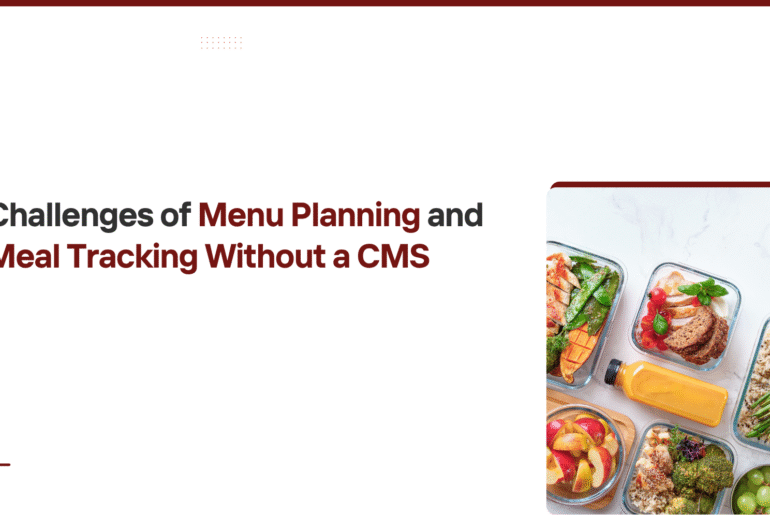The Role of Hazard Reporting Tools in Building a Safer Work Environment – Workplace safety is not just a regulatory requirement—it’s a moral obligation and a strategic necessity. With industries facing increased scrutiny and accountability, hazard reporting has emerged as a frontline defense in safeguarding employees and assets. In this article, we explore the role of hazard reporting tools in creating a safer, more transparent, and responsive work environment.
Why Workplace Safety Needs a Proactive Approach
The Cost of Workplace Accidents
Injuries and accidents can lead to:
- Loss of life or physical harm
- Production downtime
- Legal liabilities
- Reputation damage
- Increased insurance premiums
Importance of Early Detection
Hazards identified early can prevent major incidents. This requires a reporting system that encourages employees to act without fear or friction.
Understanding Hazard Reporting Tools
What Are Hazard Reporting Tools?
Hazard reporting tools are digital or manual systems that allow workers to:
- Report unsafe conditions or behavior
- Track incident responses
- Generate safety analytics
Evolution of Reporting Tools
Traditional tools like paper forms are being replaced by mobile apps, cloud platforms, and integrated safety dashboards.
Core Role of Hazard Reporting Tools
1. Encouraging Employee Participation
Digital tools make it easy and fast for employees to report hazards in real-time, fostering a culture of shared responsibility.
2. Enabling Real-Time Data Collection
Automated tools log entries instantly, allowing safety officers to act promptly on new hazards.
3. Enhancing Transparency & Accountability
All safety stakeholders—from HR to plant managers—have access to real-time data, which:
- Prevents cover-ups
- Promotes quick decision-making
4. Facilitating Compliance & Audit Readiness
Proper documentation of reports and corrective actions makes audits smoother and enhances compliance with safety regulations.
5. Supporting Predictive Analysis
Data from these tools helps in:
- Spotting patterns
- Identifying high-risk areas
- Planning targeted safety interventions
Industry Use Cases
Manufacturing
Regular reporting through digital tools has helped manufacturers reduce machinery-related injuries.
Construction
Mobile-enabled hazard tools are a game-changer for on-site workers constantly exposed to evolving risks.
Healthcare
Hospitals use hazard tools to report biohazards and prevent patient-related incidents.
Features that Support a Safer Environment
- Mobile Accessibility: Quick, on-the-go reporting
- Photo Upload: Visual proof of hazards
- Geo-Tagging: Pinpoint location of issues
- Custom Forms: Industry-specific templates
- Dashboard Analytics: Visual insights on trends and KPIs
Overcoming Challenges with Hazard Reporting Tools
Resistance to Change
Proper training and management support are key.
Fear of Retaliation
Anonymous reporting options encourage openness.
Budget Constraints
Cloud-based solutions offer cost-effective options with subscription-based pricing.
Building a Safety-First Culture
Leadership Involvement
When leaders use and advocate for the tool, adoption increases.
Continuous Improvement
Use analytics to run monthly safety reviews and reward top reporters or departments.
Training & Awareness
Frequent training ensures everyone knows how and why to report.
Conclusion
The role of hazard reporting tools is pivotal in transforming a reactive safety culture into a proactive, data-driven one. Businesses that invest in such tools aren’t just complying—they’re showing they care. A safer workplace is a stronger, more productive one.




